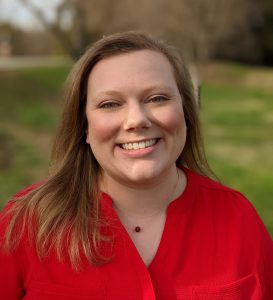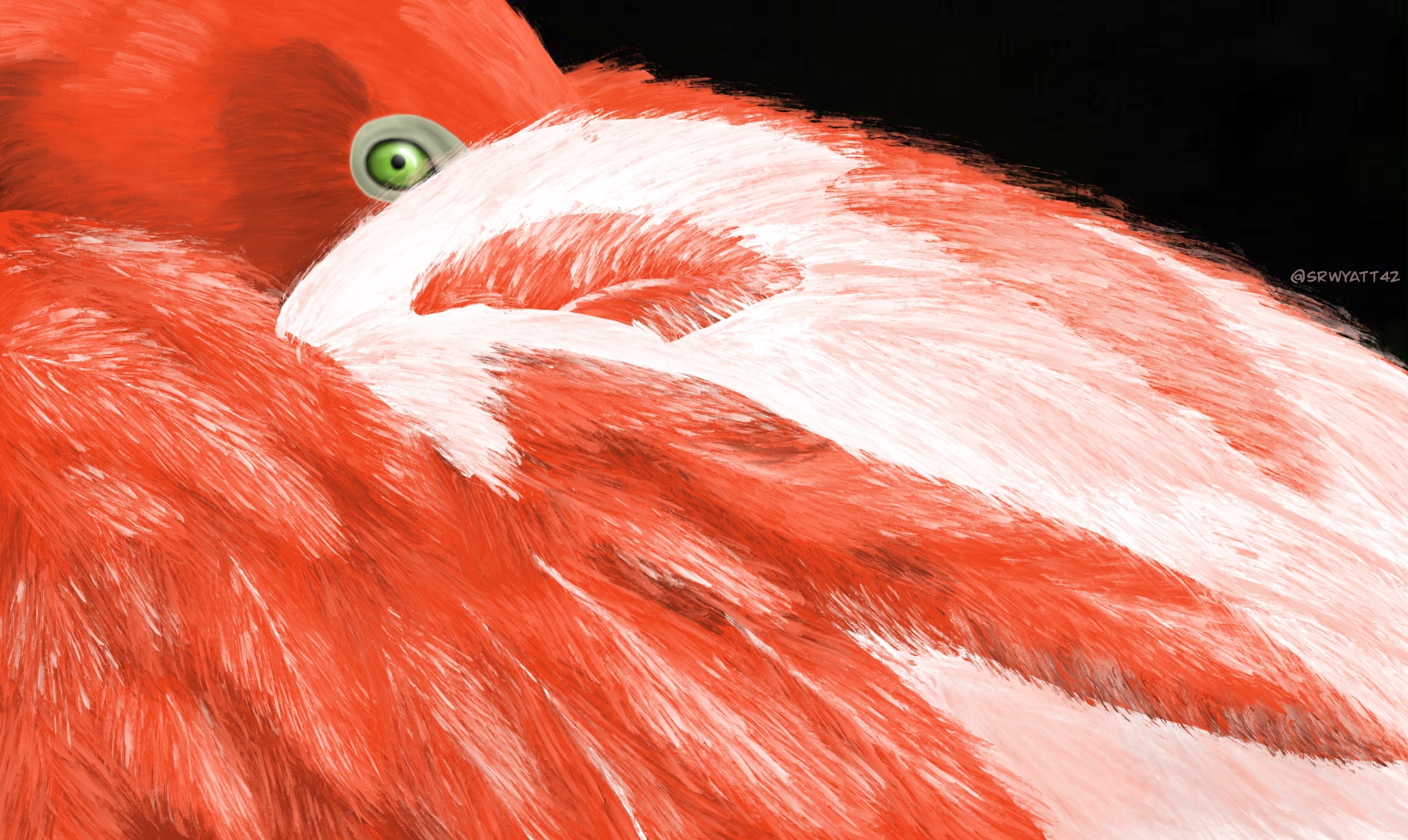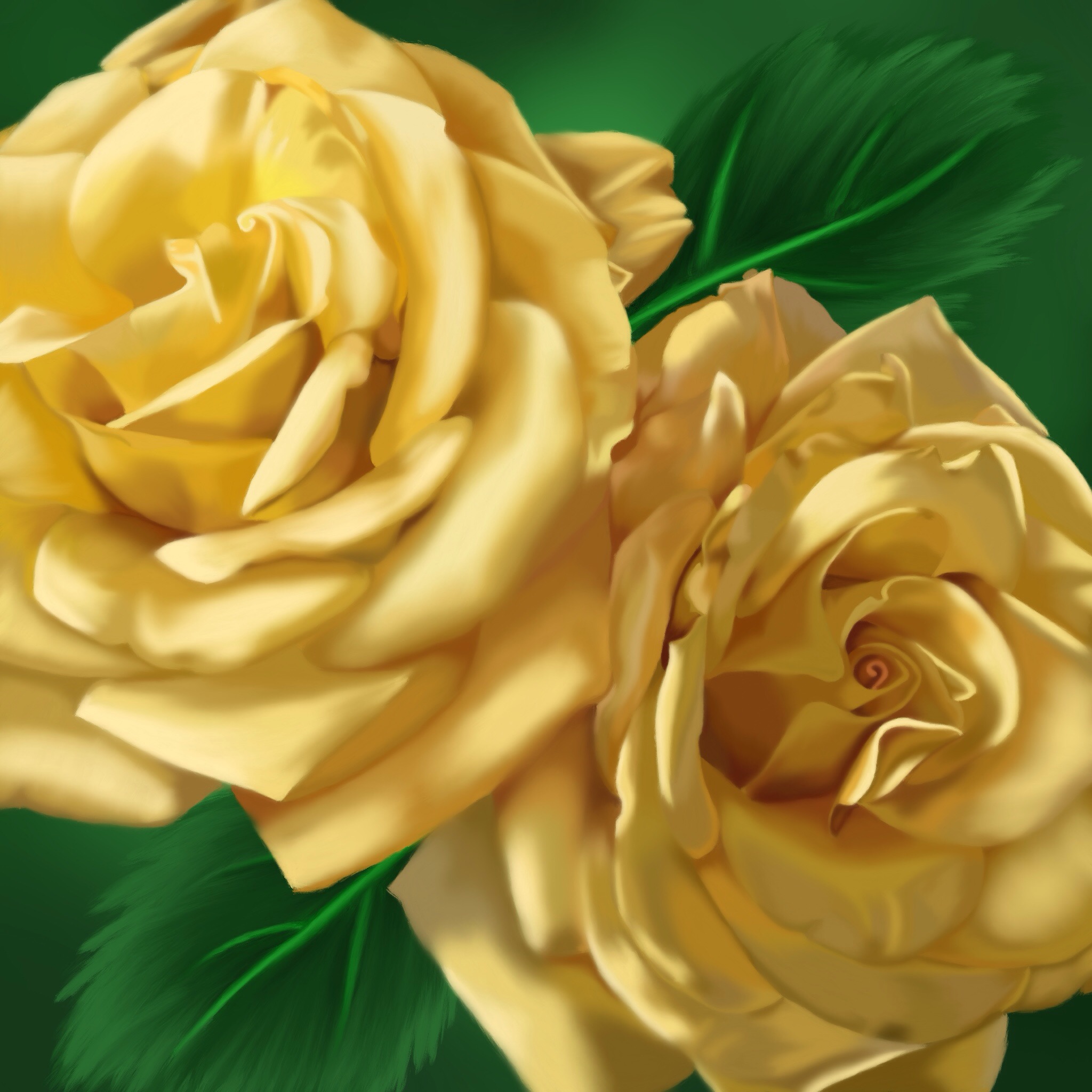SciArt profiles: Sydney Wyatt
Posted by the Node Interviews, on 4 February 2021
In our third SciArt Profile we meet Sydney Wyatt, a PhD student based at the University of California, Davis.

Where are you originally from, where do you work now, and what do you work on?
I am originally from a small Northern California town, Paradise. I went out of state to get my BS at University of Utah in Salt Lake City, and while I enjoyed my time there, I’m happy to be pursuing my PhD in Integrative Genetics and Genomics at University of California, Davis; it gives me the opportunity to be closer to my parents. My thesis research in Dr. Bruce Draper’s lab currently revolves around interrogating sex determination and early gonad development in zebrafish. Specifically, I am investigating the female sex determination pathway, as well as the role of gap junctions in early germ cell development.
Has science always been an important part of your life?
I remember loving dinosaurs growing up: my favorite is still Parasaurolophus. Understandably, I wanted to be a paleontologist for a long time, although it changed to forensic pathologist by the time I went to college. After my first anatomy lab I quickly changed my mind! Instead, I found I loved genetics and developmental biology through my classes and undergraduate research. Despite working on specific projects now, I still enjoy learning about other fields (and still love learning about dinosaurs!).
I was fortunate that STEM was always encouraged by my family, despite limited exposure growing up. I didn’t have access to the opportunities and mentorship I volunteer for today, namely mentoring high school senior research projects and various public science outreach events like the North Bay Science Discovery Day. I think if I had had those opportunities, I might have learned what I wanted out of my education more quickly.
And what about art – have you always enjoyed drawing/painting/etc?
I was a ballet dancer for many, many years, so performing arts were important to me. I didn’t start drawing until high school when I needed a new creative outlet after an injury. I took classes from a local oil painter, and he mentored my senior community project. I eventually moved into digital art; it allows me to do my art in short bursts in any location without hauling around a pad of paper and a case of pencils. It’s nice to have that outlet to help me avoid burnout.
“Digital art allows me to do my art in short bursts in any location”
What or who are your artistic influences?
I have been drawing a lot of fish lately thanks to my pandemic discovery of #SundayFishSketch created by Rene Martin on Twitter.
How do you make your art?
I pick a subject based either on suggestions from friends and family or a color palette. I try to vary the main color to avoid too much repetition. Varying the subject helps too: I rotate between fish, flowers and birds. Once I have my subject and references, I get sketching. For physical pieces, I use a grid technique to help me capture the relative positions of all the details. For digital pieces, I start with basic shapes (and use the eraser and undo button a lot). Color swatching is important. I’ll do a couple practice swatches to warm up and remind myself of what I was thinking when designing the piece. The main colors get lightly blocked first with shadows and highlights, and then I build up from there. I have a tendency to do entire sections in one sitting, like one entire wing of a bird, to keep my technique consistent.
Does your art influence your science at all, or are they separate worlds?
I work on fish, so maybe a little influence. There are a couple of zebrafish-themed Sunday fish sketches floating around Twitter. Science I read about influences my art, too. I learned about really interesting killifish genomics research and was inspired to create a whole series of non-traditional model organisms, like killifish or gar or delta smelt. These organisms are so important but not widely heard of outside their niches.
What are you thinking of working on next?
I’m excited to keep working on my research projects, as well as continue to build my art and writing portfolios. As far as art goes, I’ve recently been commissioned by friend to help make label for a home-brewed beer called Axolotl Ale. I also manage a sticker shop (mostly fish) based on previous interest in purchasing pieces. My long-term goal is continue to create non-traditional model organism pieces to highlight the diversity in research subjects for the public as part of my science communication efforts.
Fish Gallery (click for full size image & caption)


We’re looking for new people to feature in this series throughout the year – whatever kind of art you do, from sculpture to embroidery to music to drawing, if you want to share it with the community just email thenode@biologists.com (nominations are also welcome!).








 (4 votes)
(4 votes)